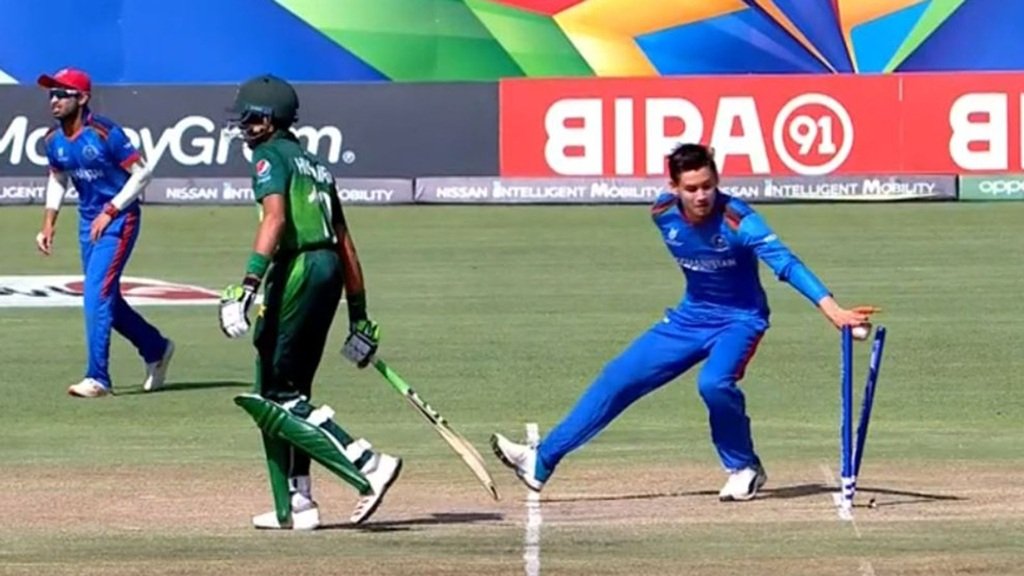Cricket is the game of skill, tactics, and, in some cases, scandals. There is hardly a dispute quite as heated as the debate over the so-called Mankad, a means to run out a non-striker.
Let’s explore its history, famous incidents, and the ethical questions it raises. Another place that takes ethics seriously is the platform Dragon Slots, where every spin, match, and bet is randomized to make for the fairest and safest gaming experience online!
What Is a Mankad?
A “Mankad” is when a bowler bowls to the non-striking batter and runs him out prior to them throwing down the ball. The batsman, typically overcompensating here, has a foot out of the crease, and the bowler just stops and then takes the bails off and appeals.
It is named to honour Vinoo Mankad, the Indian all-rounder who ran out Bill Brown in this manner during 1947. Many were wondering whether it was unsportsmanlike, but the move was (and continues) to be legitimate.
How the Rules Have Changed
Laws of Cricket at first sanctioned this dismissal, but with a warning by the bowler. Yet, at present, the warning is unnecessary, and under the regulations of the International Cricket Council, the run-out occurs whether or not the bowler has assumed his delivery stride.
However, a fairly good majority of players and spectators feel that it is against the spirit of cricket.
Famous Incidents
Over the years, several high-profile cases have sparked debates.
1. Vinoo Mankad vs. Bill Brown (1947)
The first recorded instance set the tone. Mankad ran out Brown twice in the same tour… once in a warm-up and again in a Test match. Australian media criticized him, but legendary Don Bradman defended the move, saying Brown was at fault for leaving his crease early.
2. Ravichandran Ashwin vs. Jos Buttler (2019 IPL)
One of the most controversial moments in recent cricket history. Ashwin, playing for Kings XI Punjab, stopped mid-action and ran out Rajasthan Royals’ Buttler. Fans and players were divided. Some called it smart cricket; others called it unfair.
3. Deepti Sharma vs. Charlie Dean (2022 ODI)
During a tight contest between England and India in a women’s match, Sharma dismissed Dean at the non-striker’s end to clinch the game, and in the process, sparked a raging controversy. The English captain complained that it was not the way to win a match. Still, Sharma had every right to do so according to the laws.
The Ethics
Is it fair to dismiss a batter this way? Opinions are split.
Arguments in Favor
- It’s within the rules. The ICC allows it, so bowlers are simply using a legal tactic.
- Prevents cheating. Batters gain an unfair advantage by leaving the crease early.
- No different from other run-outs. If a batter is out of their ground, they’re fair game.
Arguments Against
- Against the spirit of cricket. Many believe it’s underhanded and goes against fair play.
- Lack of warning. Traditionally, bowlers gave a warning first—now, they don’t have to.
- Creates unnecessary tension. It often leads to heated arguments and bad blood.
Where Do We Draw the Line?
Cricket has always valued sportsmanship… but as the game evolves, so do tactics. The Mankad is legal, but is it right?
Some suggest better solutions:
- Stricter penalties for batters. If backing up too far is the issue, umpires could penalize batters instead.
- Mandatory warnings. Bringing back the warning system could balance fairness and respect.
- Technology enforcement. Automated systems could detect early movement and call it a no-ball.
For now, the debate continues, but what’s clear is that the move isn’t going away.





